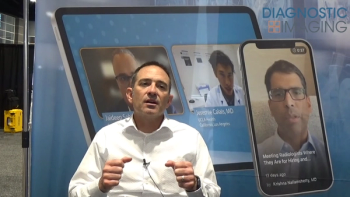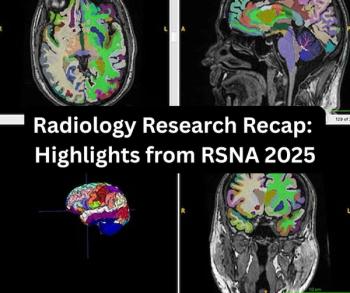
Nailing budgets and equipment in tough times
In uncertain economic times, there is always one sure thing. Prices are more likely to fall than rise.
In uncertain economic times, there is always one sure thing. Prices are more likely to fall than rise.
The bulls pull in their horns. Conservatism wins the day. And budgets usually--but not always-- drop.
Results from a survey by the medical information division of market research firm IMV, however, indicate that hospitals with fewer than 200 beds are budgeting considerably more for the purchase of imaging equipment next year than they did for this year.
Radiology departments in hospitals with 100 to 199 beds have budgeted an average $1.401 million per site in capital spending for 2009. This is an increase of more than 32% over the average $1.061 million per site in capital spending for 2008, according to the IMV report, Outlook for Investment in Diagnostic Imaging by US Hospitals, 2008-2009: The Radiology Administrator's Perspective.
Similarly, radiology departments in hospitals with fewer than 100 beds are planning capital investments that average $793,400 per site in 2009, compared with an average of $538,200 per site in 2008.
These are especially remarkable increases, given that capital budgets for imaging products among smaller U.S. hospitals were virtually flat between 2007 and 2008.
What's driving this rise? The general feeling among radiology administrators is that these small hospitals dug themselves into a hole by postponing investments in new equipment. Now, the only way to get out is to start buying again. Leading the wish list is MRI equipment, followed by 16-slice and 64-slice CT scanners. Whether these upcoming purchases will be new equipment, however, is up in the air.
IMV reports that about two-thirds of the survey respondents who expect budgets to expand in 2009 will consider the purchase of OEM-certified refurbished equipment. This kind of competition typically softens the pricing for new units. Competing especially well for those dollars, however, will be value-oriented systems. One of these is the Siemens Magneto Essenza, a 1.5T scanner released last year with a sticker price under $1 million.
In the past, new generations of MRs and CTs took over the high ground of pricing, dialing back the price tags of yesteryear's models. In the future, value-priced systems such as Essenza could begin taking over this function.
Rather than cutting prices on high-end systems, vendors may create new price points within their portfolios and build products for all budgets. The most cost-conscious modalities are already there. Ultrasound, for example, offers a range of cart-based and compact systems suited to various applications, and radiography has digital detectors built on different types of electronics. Depending on how long the current economic downturn continues, this strategy may spread through the ranks of medical imaging.
Newsletter
Stay at the forefront of radiology with the Diagnostic Imaging newsletter, delivering the latest news, clinical insights, and imaging advancements for today’s radiologists.




























